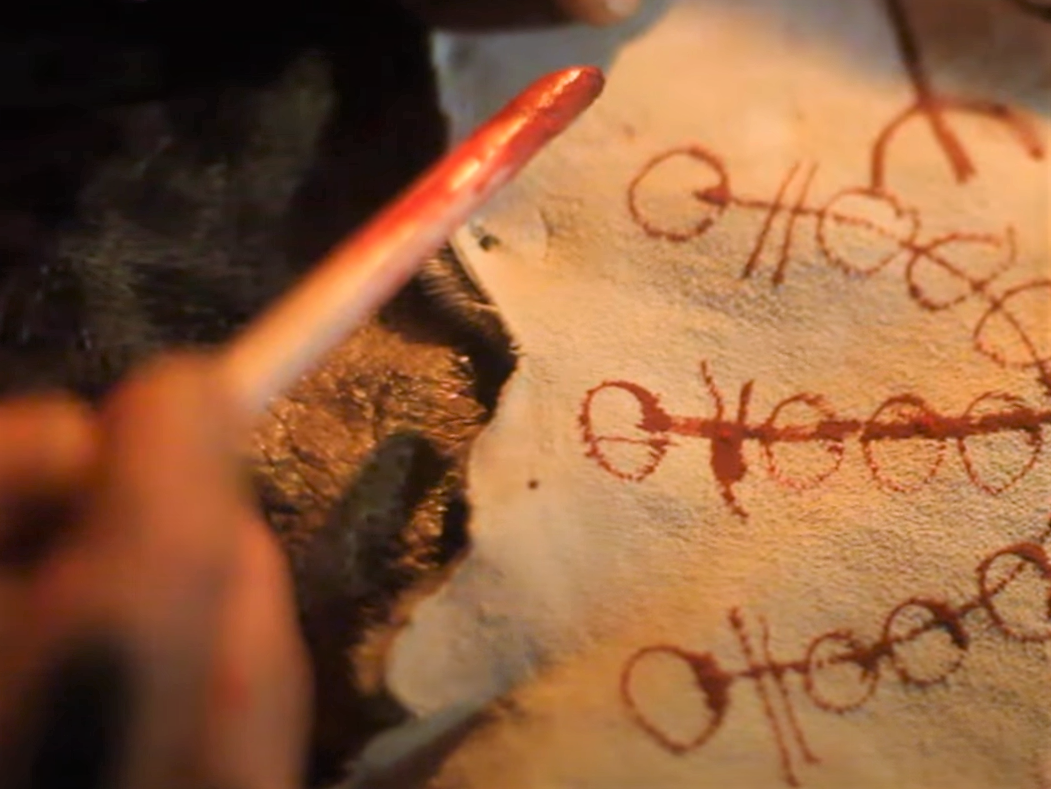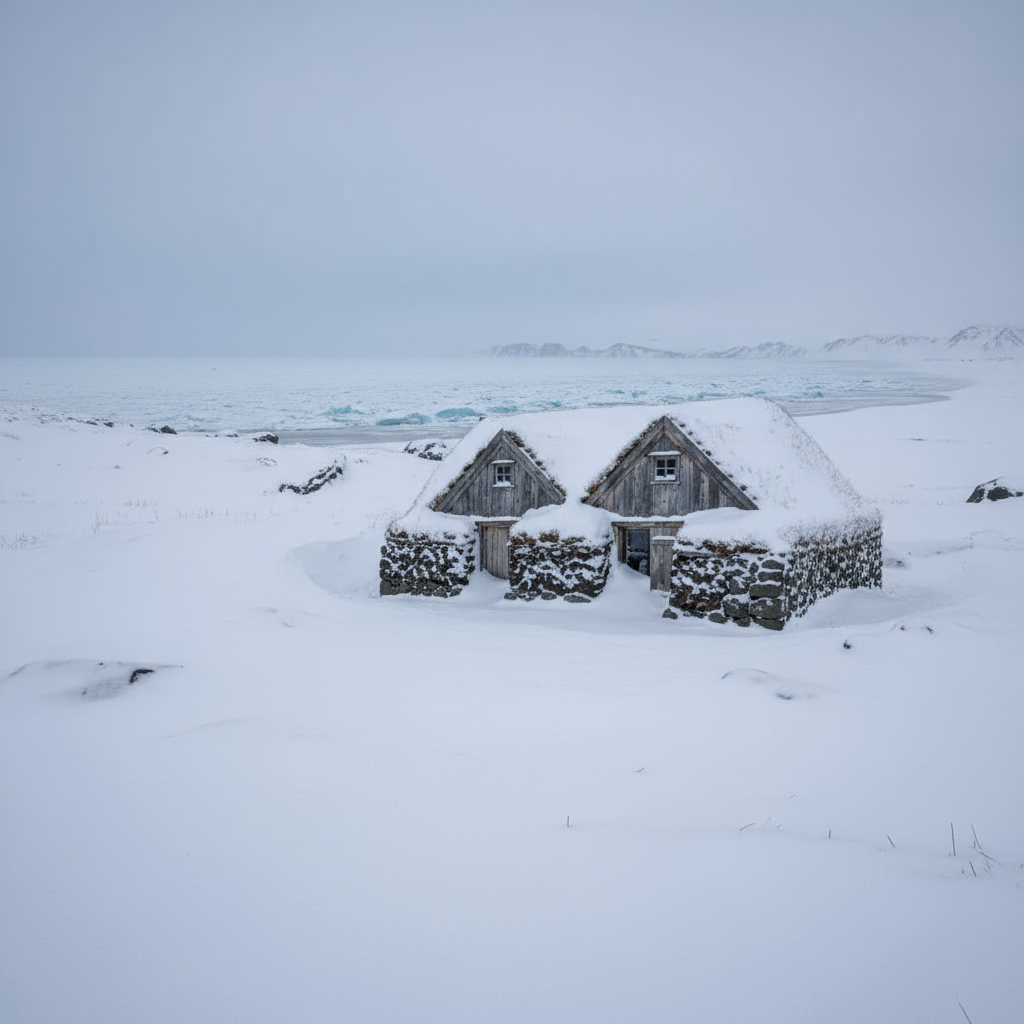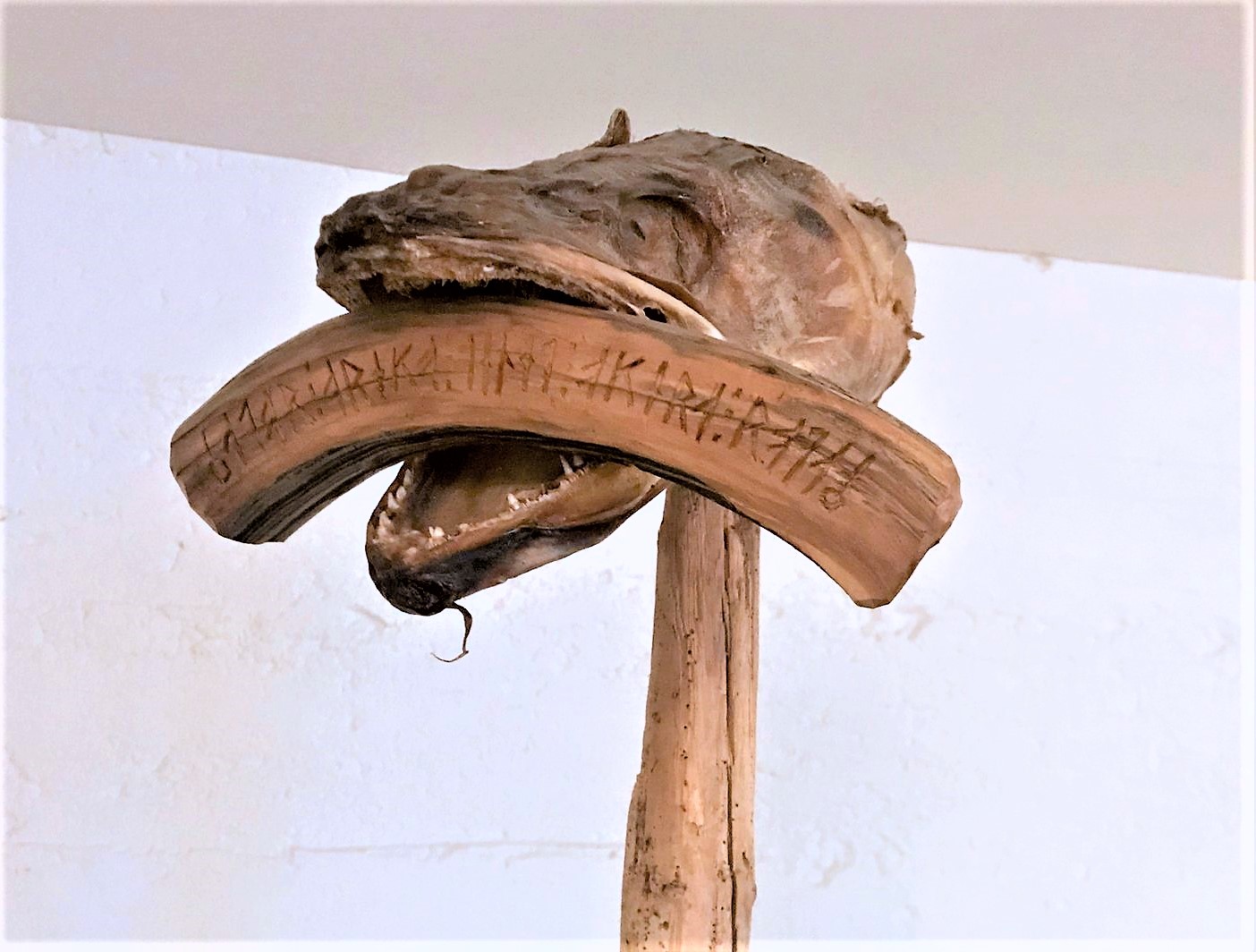In the fall of 1652 a bizarre epidemic swept through the tiny town of Trékyllisvík. The town’s God-fearing inhabitants were all gathered in the small church in Árnes when suddenly the congregation suffered intense burping fits and extremely bloating. Under those circumstances, it was quite obvious that a sorcerer was behind this horrific ordeal. And thus, the persecution for executing magic spells was on.
Part 1
Infected

The horrific convulsing illness continued the following year and so, this magic spell continued to terrorize the small farming community. Strangely, the epidemic appeared to be more frequent at church during mass than anywhere else at a given time. It was easy to spot those infected as they fell to the church floor convulsing and foaming at the mouth. Then, there were the loud and heinous noises which no man could unhear and so, the unaffected grabbed hold of them and forcefully carried them out of the church.
Paranoid and scared, the people in the small community were certain this was no ordinary epidemic but rather the magic spell from a sorcerer. Besides, what else could possibly cause such a vicious attack on these poor people?
Witch hunt

Reykjanes farm is the lonely farm in the bottom center of the photo. Trékyllisvík is the small village further up the road. Þórður’s Cave where Þórður hid from the authorities is on the underside of Reykjaneshyrna which is the mountain on the right nearest Reykjanes farm.
It had been a year and a half since the epidemic first began and everybody desperately wanted to know what was going on. This had to end. After some investigation, four men approached Sheriff Þorleifur Kortsson believing they had tracked down patient zero. Her name was Guðrún Hróbjartsdóttir (1625) and labored as a farmhand at Reykjanes farm in Trékyllisvík.
Guðrún temporarily lived with the most powerful sorcerer in Strandasýsla (Strand County). His name was Þórður Guðbrandsson (1605-1654) and he kept detailed records of his magic practices. Devastated that her time with Þórður was up, she tried to think of ways to stay. For this reason, she pretended to be too sick to leave. To tell the truth, she’d do almost anything to stay just a little bit longer.
What happened next, was an unfortunate turn of events for Þórður. Although, he had nothing to do with her sickness, people started whispering the he had made her sick. Besides, the timing was very suspicious, especially since other women were getting sick as well. The superstitious farm people didn’t waste any time and turned Þórður in to the authorities for witchcraft. No doubt this was something supernatural and so, the persecution for executing magic spells began for Þórður.
Oath of compurgation (tylftareiðr)

As Þórður stood in front of the lawmen to plead his case, they granted him a trial by compurgation called tylftareiðr. This meant that Þórður had to find twelve individuals, himself included, to believe in him as a human being and support his oath.
Unfortunately for Þórður, it didn’t go as he’d hoped. To his dismay, he couldn’t convince enough oath helpers of his innocence. In addition to this, to seal his fate Guðrún’s brothers stepped up to testify against . They wanted to make sure the court showed him no mercy for what he had done to their sister. It’s safe to say that the brothers played an important role in Þórður’s persecution for executing magic spells.
The priest

The photo is of Rev. Jón Þ. Vidalín (1666-1720). This image is a good portrayal of what a priest looked like at the time of this story.
Despite all the opposition, the sheriff had no desire to kill the poor man. For this reason, as a last resort he reached out to Rev. Þorvarður for help. He felt certain the priest could put in a good word on Þórður’s behalf arrange for them to meet. However, to the sheriff’s surprise the priest managed to convince Þórður to confess to performing dark magic spells. Þórður admitted to seeing the Devil in the shape of a fox. Not only that but he admitted to using a spell as well, that made the Devil into his personal slave.
What is more, the people believed Þórður commanded the devil to spread evil spirits among them. Whatever the spell was, it led to the spreading of evil spirits in the community. Thus, people got sick because they had been possessed by unclean spirits.
Needless to say, Þórður’s own confession sealed his fate and he was sentenced to burn at the stake.
The escape

Even after Þórður’s confession, many questioned its reliability and continued to believe in his innocence. The farmer at Litla-Árvík helped him escape by hiding him in a cave under Reykjaneshyrna.
The mouth of the cave was low and narrow, but once inside it was somewhat circular in shape, tall and vaulted. Some say that he left behind a fireplace and a bed area in the cave. To many, this is how the cave got its name Þórðarhellir (Þórður’s Cave). The escape was short-lived and soon he found himself in the hands of the sheriff again.
The sentence

Þórður was tired and defeated. He knew that all too soon he’d be drawing his last breath. Þórður wasn’t the only one being charged for witchcraft and sentenced to death. Two other men, Egill Bjarnason and Grímur Jónsson failed to complete their oath of compurgation and waited their sentencing. On September 20th, 1654, Þórður and Egill were brought to Kistuvogur, also known as, Kistan (The coffin) to be burned. Four days later, on September 24th, Grímur got his turn at the stake. Inside a crevasse on the rocky shore their bodies were set on fire. The flames reached high up in the Trékyllisvík sky with ashes falling on withered earth.
The aftermath

The following winter was cold and dark as it always was and the memory of the burning sorcerers had become an imprint on their minds. Fear and insecurity settled in people’s hearts. They knew that any one of them could be the next potential suspect of witchcraft.
Fortunately, all seemed to have calmed down as there were no signs of hysteria or convulsions that winter. However, in the early spring Rev. Þorvarður Magnússon began his long tiresome sermons that were enough to drive anyone insane. Margrét, who had watched her father Þórður burn at Kistan sang beautifully during the sermons. Still mourning his loss and holding on to the torturous image of his sentence, one can only imagine the inner struggle of sharing mass with the very priest who pushed her father into confession.





4 thoughts on “Why People Suffered Ruthless Persecution For Executing Magic Spells”
Comments are closed.